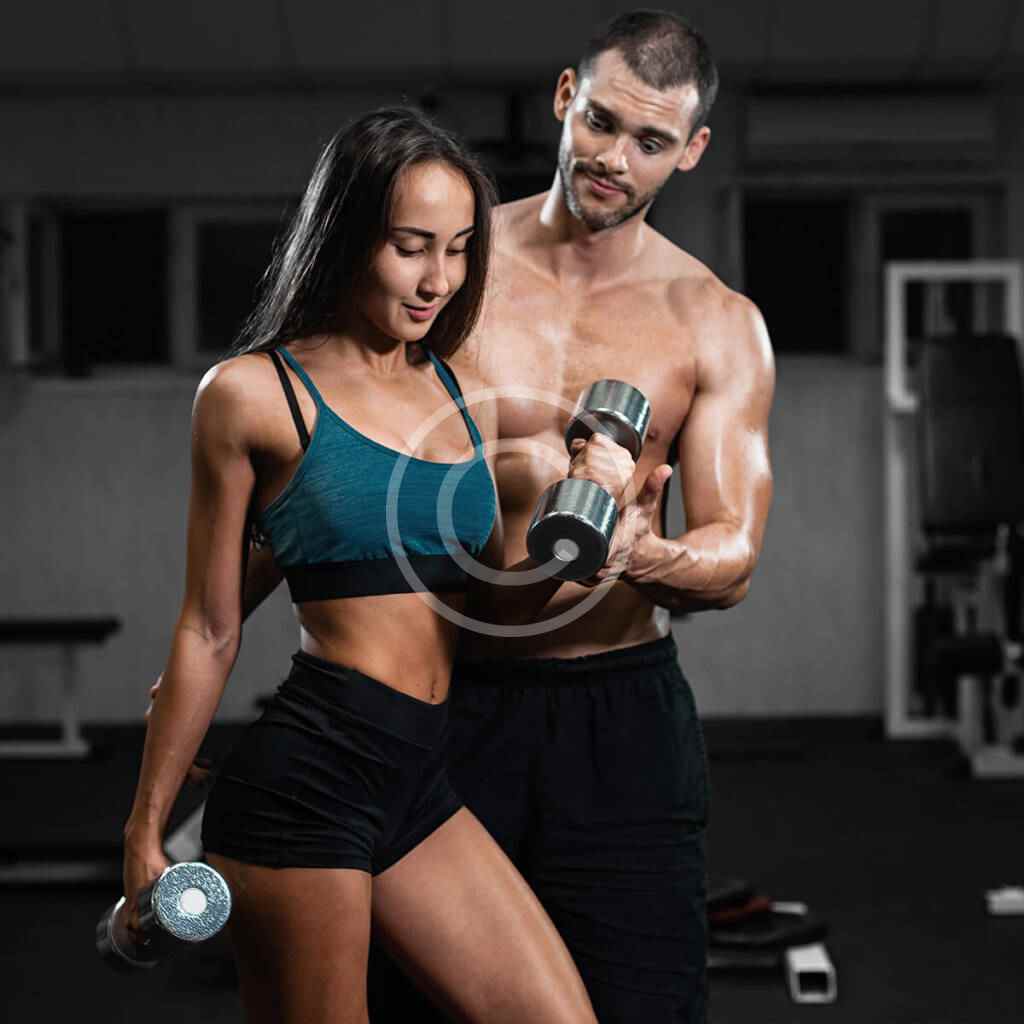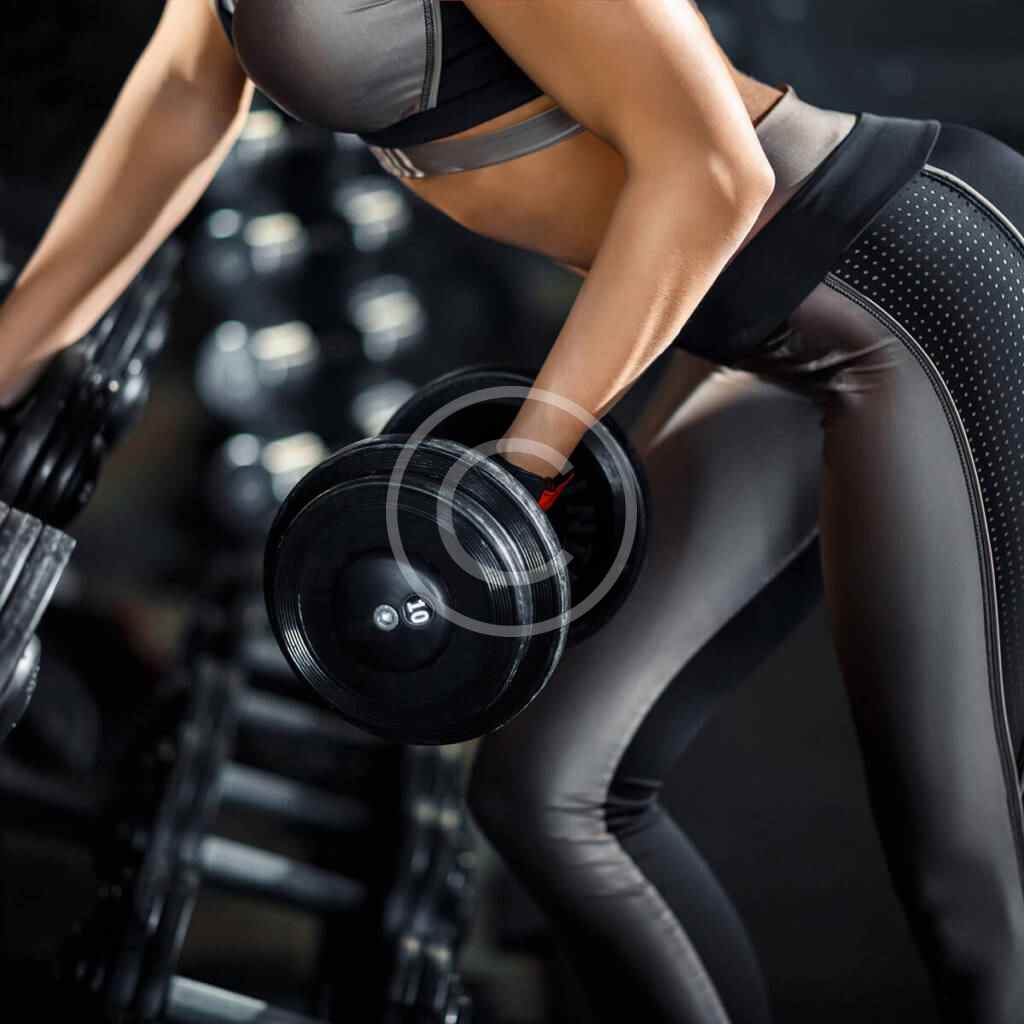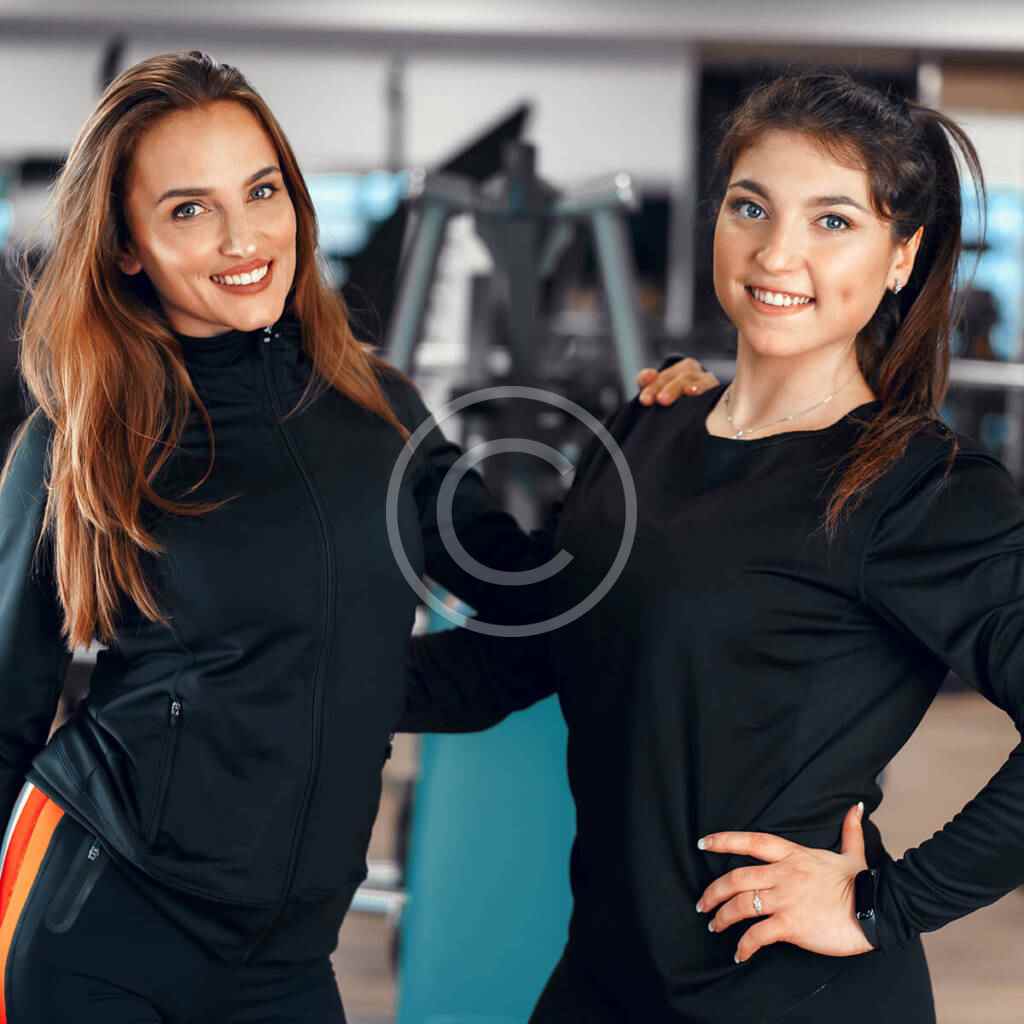The King of All Exercises (and Why You Need to Be Doing Them)
If you were only going to select a single exercise to build strength, increase mobility, and burn fat all at once, it would be hard to beat the squat. Referred to as the king of all exercises, squats are a functional movement that should be included in nearly every fitness program—no matter what your age or training goals are.
You don’t need to be a powerlifter or bodybuilder to squat. If you walk, sit down, stand up, run, or go up stairs—you’re already squatting. Learning how to do it is one of the best things you can ever do for your body.



What Is a Squat?
In its most rudimentary form, a squat is bending your hips and knees to sit down and rise again. But with intention, control, and good posture, it is a powerful movement for building power that engages nearly every major muscle group.
Muscles Targeted in a Squat
Squats are a compound movement, as they hit multiple muscles and joints at once. Major muscle groups include:
Quadriceps (thighs front)
Hamstrings (thighs back)
Glutes (your backside!)
Calves
Core (for stability & posture)
Lower back and spinal erectors
Add weight, and you activate even more muscles in your upper body just to keep the bar (or dumbbells) stable.
Benefits of Squats
Develop Total-Body Strength
Squats aren’t a leg exercise—they develop total-body strength, especially when weighted.
Burn Fat & Increase Metabolism
Because squats target large muscle groups, they increase calorie burn during and post-workout.
Increase Mobility and Balance
Squats stretch the hip, knee, and ankle as well as condition your stability and balance.
Tighten Your Core
Bodyweight squats themselves require core activation just to stay upright and under control. Add weight, and your abs are working overtime.
Athletic Performance
Jumping, running, cutting, and lifting all improve with stronger glutes and legs.
Functional Fitness
From sitting in a chair to reaching for food, squats mimic movements of daily life—rendering them functional and injury-preventive.
How to Perform the Perfect Bodyweight Squat
Stand up with feet about shoulder-width apart.
Activate your core and keep chest up.
Push hips back as though sitting into a chair.
Bend knees and drop down, keeping heels on the ground.
Go as low as comfortable, ideally to a point where your thighs are parallel to the ground (or lower).
Come back up to standing by pushing through your heels.
Pro Tips:
Don’t let your knees buckle in—keep them over your toes.
Keep your spine neutral—no hunching or excessive arching.
Inhale on the way down, exhale on coming up.
Squat Variations for All Levels
Whether you’re a beginner or a seasoned lifter, there’s a squat for you:
For Beginners:
Bodyweight Squat
Wall Squat
Chair Squat
Intermediate:
Goblet Squat (dumbbell or kettlebell)
Split Squat or Bulgarian Split Squat
Sumo Squat (wide stance)
Advanced:
Barbell Back Squat
Front Squat
Overhead Squat
Jump Squats (plyometric)
How Often Should You Squat
Squats can be included in your routine 2–3 times per week. Recovery is key—especially if you’re lifting heavy. Rotate volume and intensity, and pair squats with mobility work and posterior chain training (think deadlifts, glute bridges, etc.) for best results.
Final Thoughts
Squats are the go-to of authentic strength, balance, and athleticism. Whether you’re looking for performance improvements, trying to lose fat, or just want to move more efficiently and feel stronger, squats are your best option.
Start where you’re at. Emphasize form. Add variety. And allow your body to respond.
